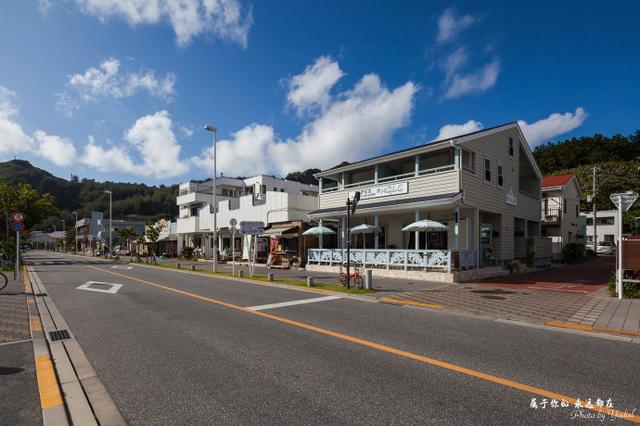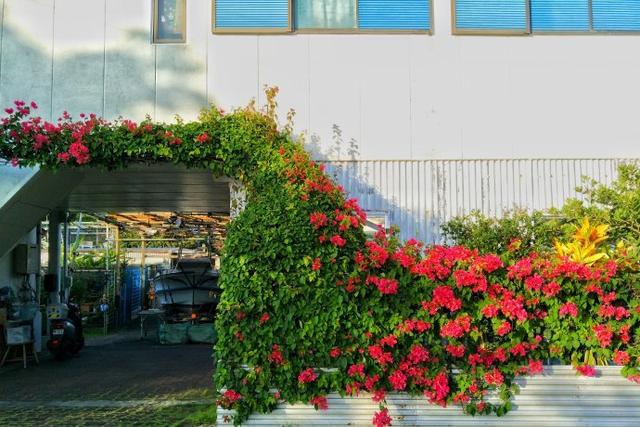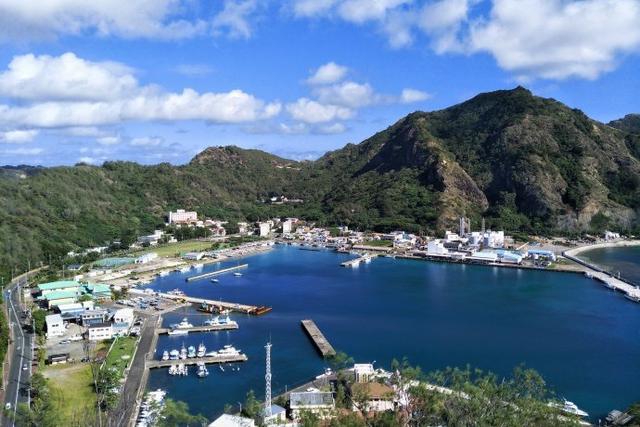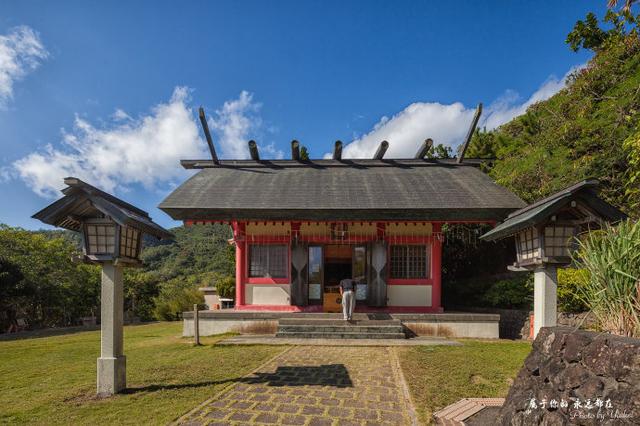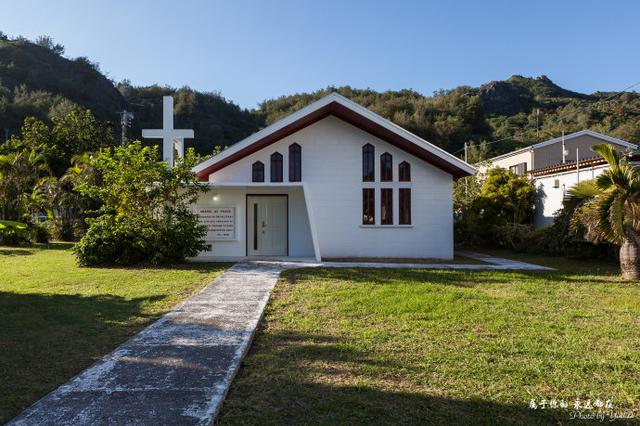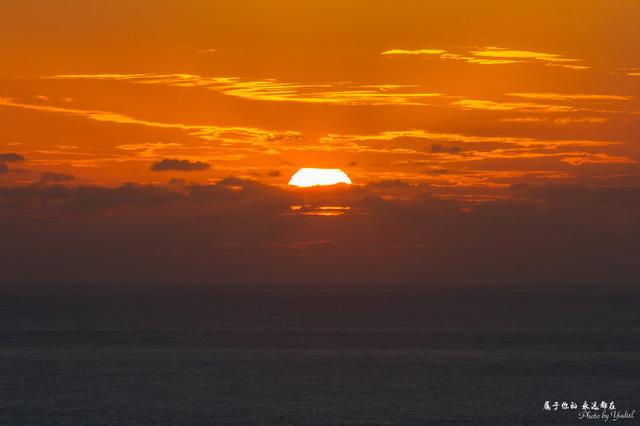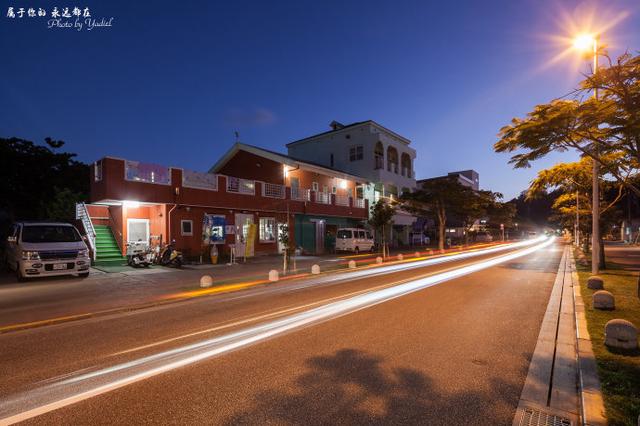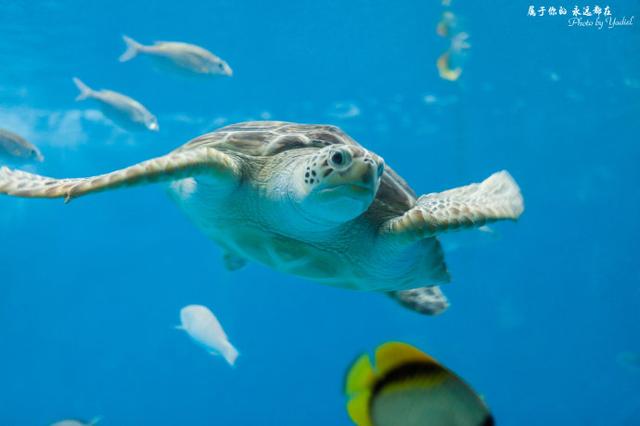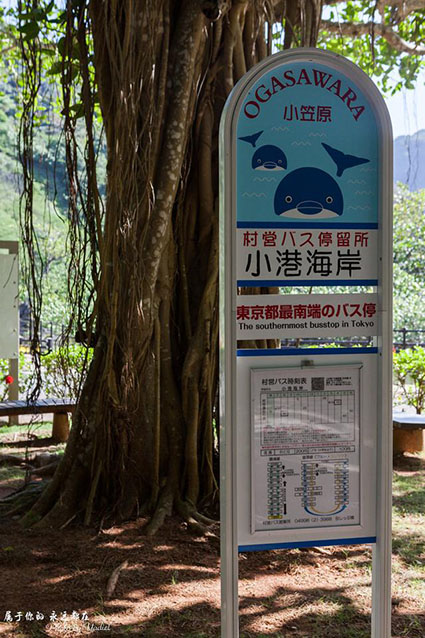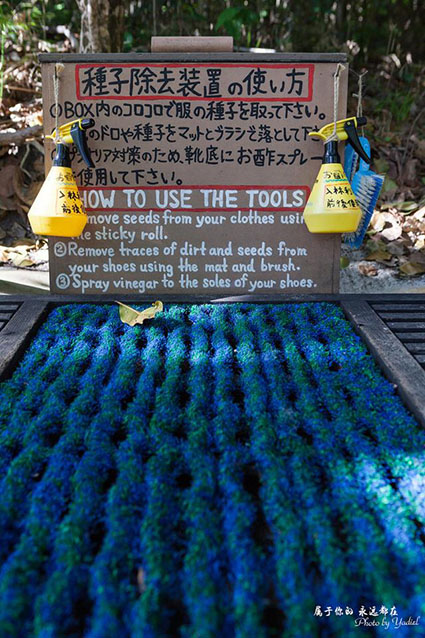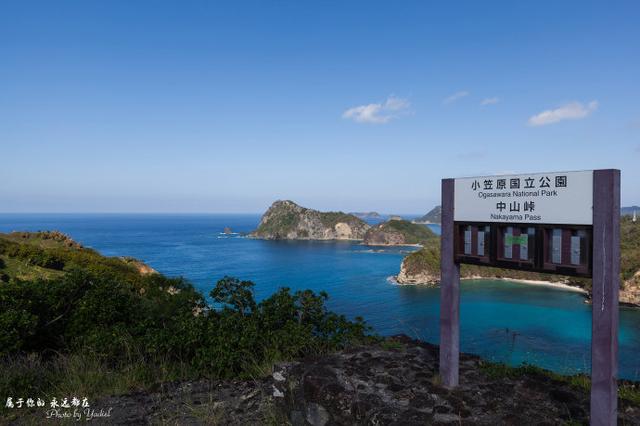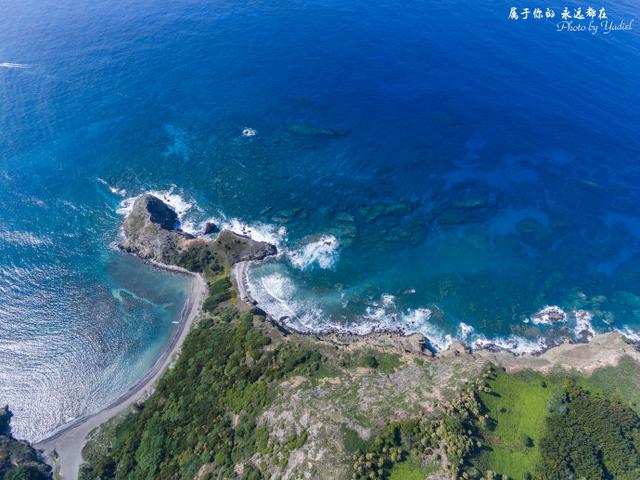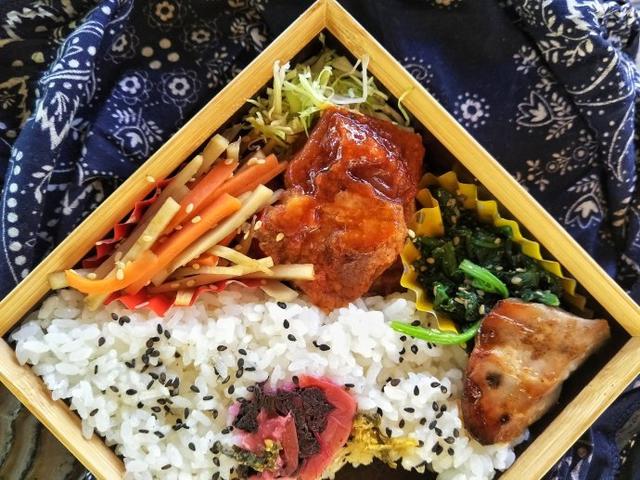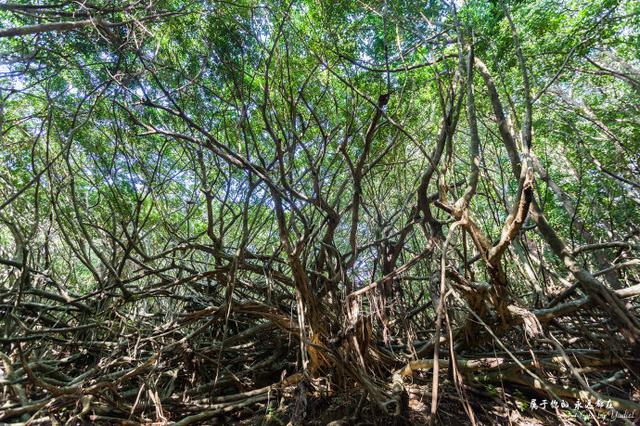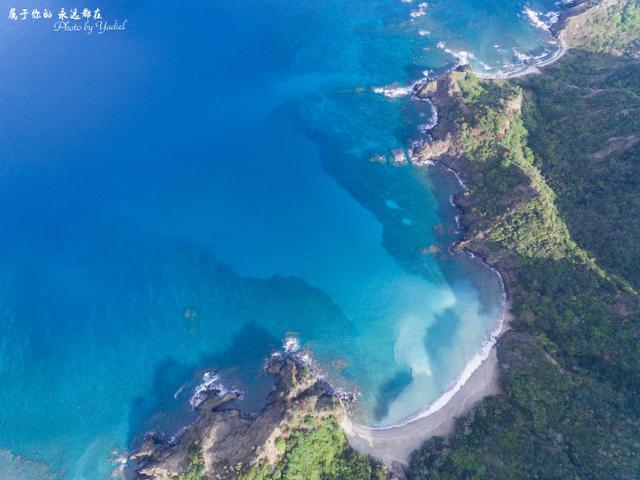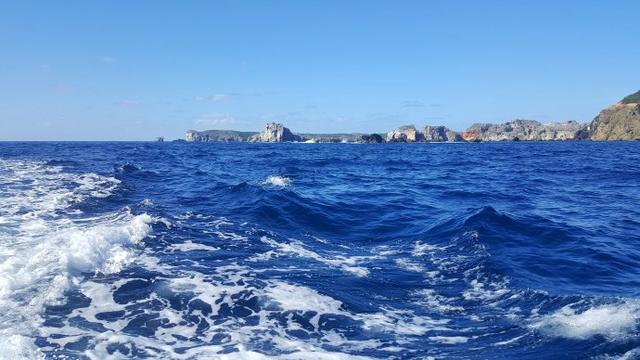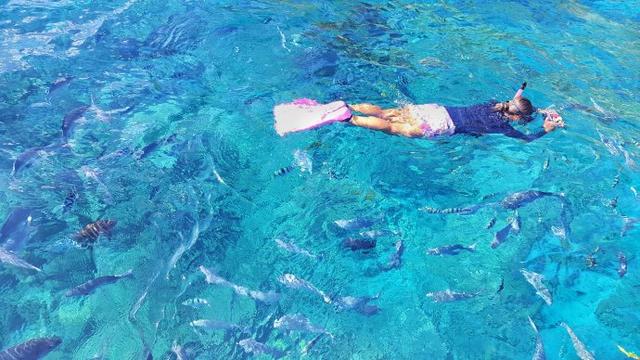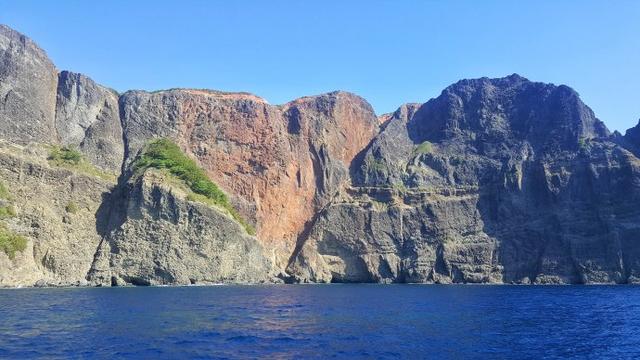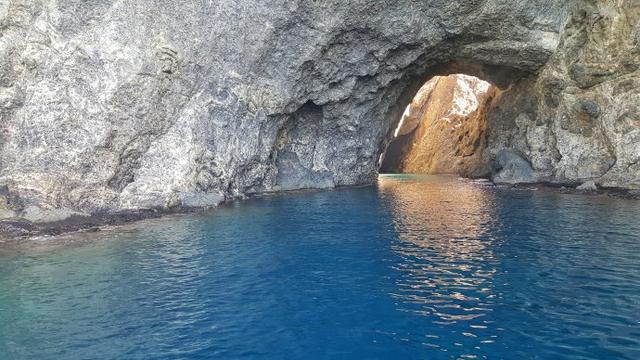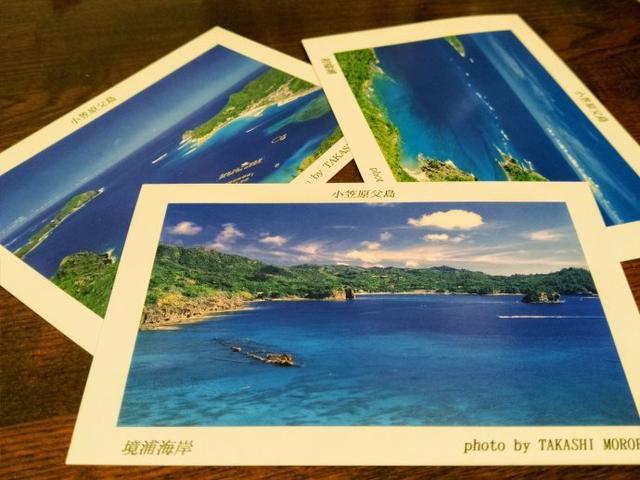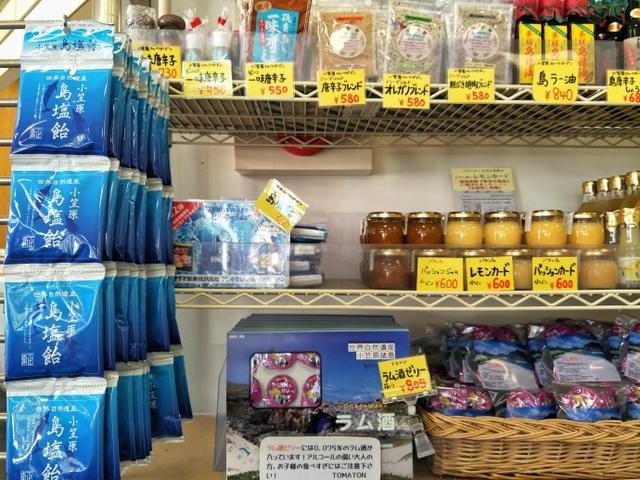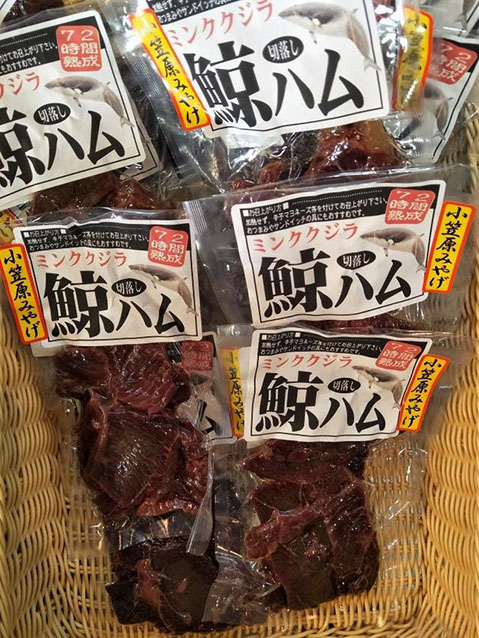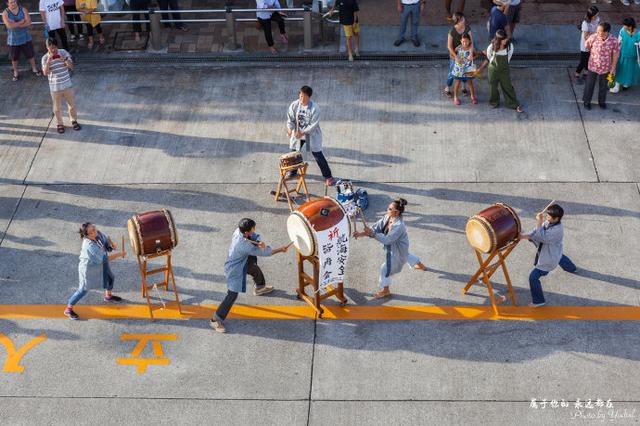Day 1
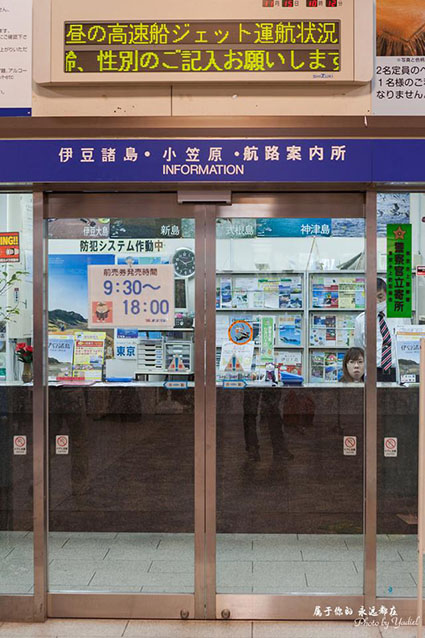
Takeshiba Pier Waiting Room
There aren't many seats in the waiting room. If you arrive early, you can take a stroll around the area. You can also
buy some snacks, water and more to help pass the 24 hours of being cut off from the rest of the world on the ferry.
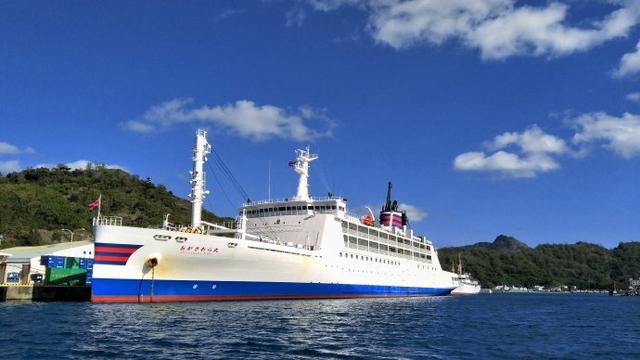
Ogasawara Maru Ferry departs
During the 24 hours on the ship, there is no mobile phone signal, so you are effectively cut off from the rest of the
world for the entire journey. To pass the time, I suggest finding activities to do such as reading books, editing photos, writing articles, or
watching movies.
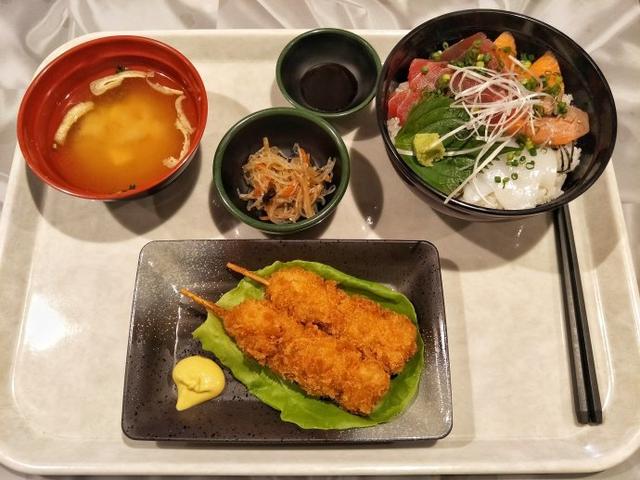
Dining options aboard the Ogasawara Maru Ferry
The dining options on the ship are quite good - basically Japanese cuisine such as fried pork cutlet, seafood rice,
chicken rice, tempura, miso soup, and more. Prices range from 800 to 1500 yen.



